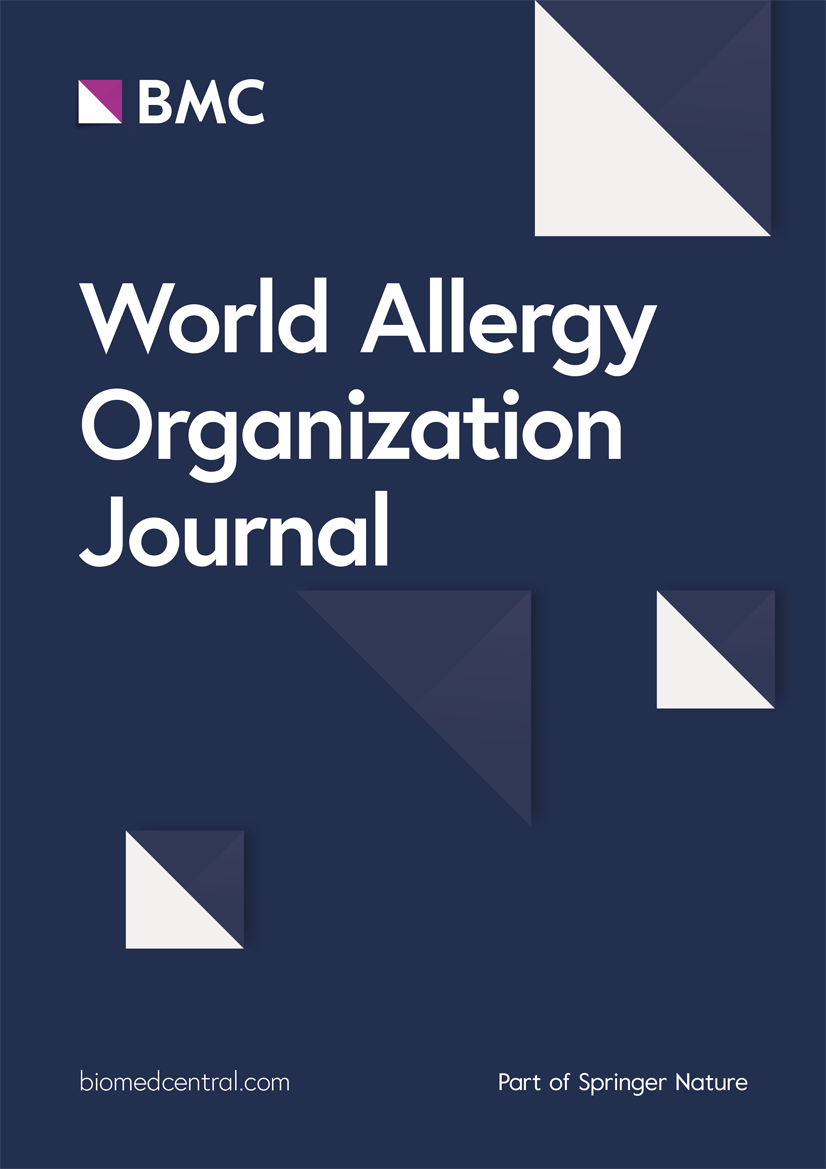Monitoring, distribution and clinical relevance of airborne pollen and fern spores in Southeast Asia – A systematic review
IF 4.3
2区 医学
Q2 ALLERGY
引用次数: 0
Abstract
Southeast Asia is witnessing a rapid increase in the prevalence of allergic diseases, including asthma and allergic rhinitis. Pollen grains stand out as one of the primary triggers for allergy, and monitoring aeroallergens plays a pivotal role in allergy prevention. However, our understanding of the diversity and abundance of allergenic pollen in tropical regions, as well as their clinical significance, remains limited. This review aims to address this issue by identifying the most potentially allergenic plants in Southeast Asia, examining sensitization rates to their pollen allergens, describing the dynamics of pollen seasons, and discussing the current state of aerobiological monitoring in the region. The selection of plants was conducted through a systematic review process (following PRISMA guidelines), by screening the Scopus and PubMed databases, and focusing on studies that provided clinical and aerobiological data. As a result, 73 studies related to pollen allergy in Southeast Asia were identified and reviewed. The list of potentially allergenic plants posing the highest risk in Southeast Asia has been narrowed down to 10, including 5 woody species, 2 primarily weed families, grasses, palms, and ferns. The descriptions of these plants are supplemented with information on their ecology, pollen seasons dynamics, and clinical significance.
东南亚空气中花粉和蕨类孢子的监测、分布和临床相关性——系统综述
在东南亚,包括哮喘和过敏性鼻炎在内的过敏性疾病的发病率正在迅速上升。花粉粒是过敏的主要诱因之一,监测空气过敏原在预防过敏中起着至关重要的作用。然而,我们对热带地区致敏花粉的多样性和丰度及其临床意义的了解仍然有限。本文旨在通过识别东南亚最具潜在致敏性的植物,研究其花粉过敏原的致敏率,描述花粉季节的动态,并讨论该地区当前的有氧生物监测状况,来解决这一问题。植物的选择是通过系统的审查过程(遵循PRISMA指南)进行的,通过筛选Scopus和PubMed数据库,并重点关注提供临床和空气生物学数据的研究。结果,在东南亚地区发现并回顾了73项与花粉过敏相关的研究。在东南亚造成最高风险的潜在过敏植物名单已经缩小到10个,包括5个木本物种,2个主要的杂草科,草,棕榈和蕨类植物。对这些植物的描述补充了它们的生态学、花粉季节动态和临床意义的信息。
本文章由计算机程序翻译,如有差异,请以英文原文为准。
求助全文
约1分钟内获得全文
求助全文
来源期刊

World Allergy Organization Journal
Immunology and Microbiology-Immunology
CiteScore
9.10
自引率
5.90%
发文量
91
审稿时长
9 weeks
期刊介绍:
The official pubication of the World Allergy Organization, the World Allergy Organization Journal (WAOjournal) publishes original mechanistic, translational, and clinical research on the topics of allergy, asthma, anaphylaxis, and clincial immunology, as well as reviews, guidelines, and position papers that contribute to the improvement of patient care. WAOjournal publishes research on the growth of allergy prevalence within the scope of single countries, country comparisons, and practical global issues and regulations, or threats to the allergy specialty. The Journal invites the submissions of all authors interested in publishing on current global problems in allergy, asthma, anaphylaxis, and immunology. Of particular interest are the immunological consequences of climate change and the subsequent systematic transformations in food habits and their consequences for the allergy/immunology discipline.
 求助内容:
求助内容: 应助结果提醒方式:
应助结果提醒方式:


